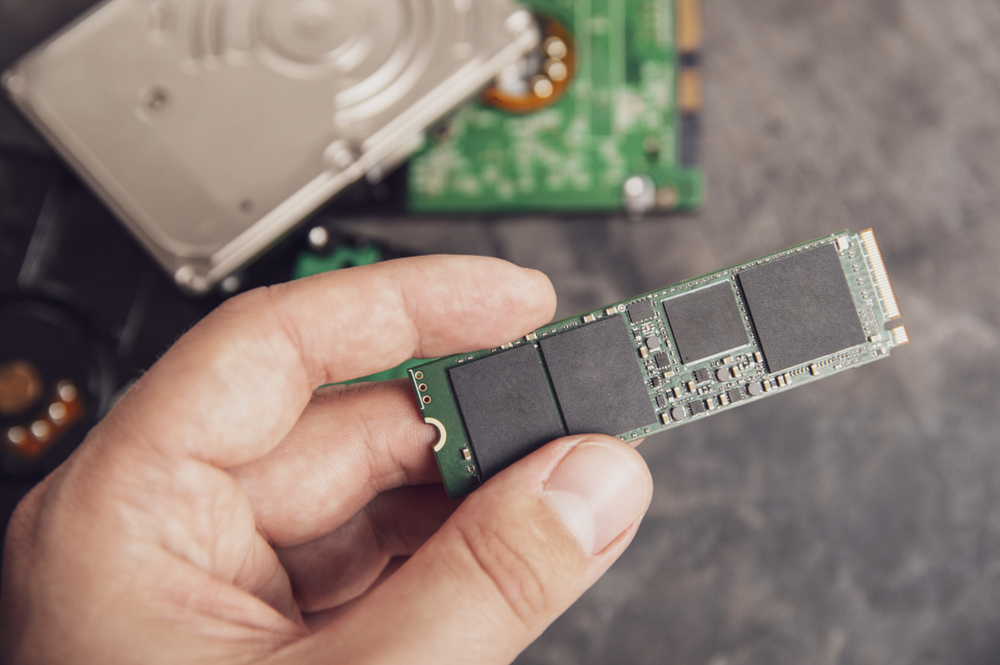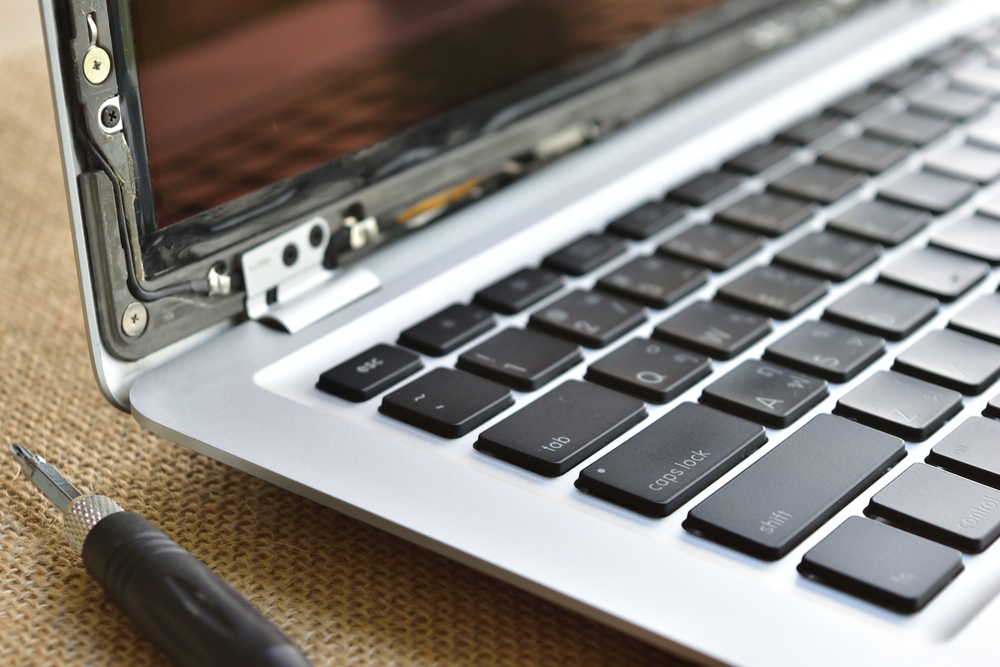PC Laptops Blog

Which is the Best Laptop Computer for Your Needs?
Which is the Best Laptop Computer for Your Needs?
When shopping for a laptop computer or any other high-value computer device, the needs-based approach is one of the most common. Which is the best laptop computer for your needs? There are several key variables to evaluate while answering this question.
At PC Laptops, we're here to assist clients around Salt Lake City, Sandy, Murray, West Jordan and nearby areas…

Determining What's Taking Up Space on Your Computer
Determining What's Taking Up Space on Your Computer
There are several concepts that are important to maintaining the optimal working quality of any computer, and storage is definitely among them. If your computer is low on storage space and lagging in performance as a result, one of the key approaches you'll need to take involves determining what's taking up space in your computer and what can be done…

Is a Laptop a Computer? Discussing the Basics
Is a Laptop a Computer? Discussing the Basics
Clients naturally often have questions with regard to any possible computer purchase they plan on making, and these can range from relatively simple up to nuanced and complex. On the simpler end is a question that's more common than you might think: Is a laptop a computer?
At PC Laptops, we're proud to offer a wide range of desktop and…

Approaches for How to Fix a Laptop Computer Screen
Approaches for How to Fix a Laptop Computer Screen
There are a few components of laptop computers that tend to be a bit more prone to damage than others, and the laptop screen is a great example. There are a few approaches for how to fix a laptop screen, but also some scenarios where the screen or even possibly the entire device will need to be replaced.
At PC…

How Much is a Laptop Computer? Key Cost Factors
How Much is a Laptop Computer? Key Cost Factors
Cost is naturally a key consideration for any kind of computer you're considering, and a laptop computer is no exception. How much is a laptop computer? There are several factors that will play a role in answering this question.
At PC Laptops, we're here to offer an unmatched selection of laptop computers for sale for clients all around Utah,…

How Do Computer Repair Shops Store Client Laptops?
How Do Computer Repair Shops Store Client Laptops?
There are a few common questions that come up from clients when they will be leaving a computer or device with a computer repair shop for any period of time, and some of these revolve around storage and protecting the device while it's outside your possession. How do computer repair shops store laptops? There are a few basic methods that…

How to Remove a Virus From Your Laptop Computer
How to Remove a Virus From Your Laptop Computer
No one ever wants to deal with a virus on their laptop computer device, and removal will naturally be one of your most important goals if a virus is discovered. How can a virus be removed from a laptop, either on your own or with professional help? At PC Laptops, we're here to provide the very best computer…

How Long Should Computer Repair Stores Take to Finish?
How Long Should Computer Repair Stores Take to Finish?
Knowing expected timelines for various needs is naturally important for many people, and any kind of computer repair is a great example. How long should computer stores take to complete your repairs? The answer will depend on a few key factors. At PC Laptops, we're proud to provide a huge range of computer repair and laptop repair…

How Long Should a Laptop Computer Last?
How Long Should a Laptop Computer Last?
There are several key factors laptop computer buyers will be considering as they pursue their purchase, and lifespan will be at or near the top of any such list. A key question often arises here: How long should a laptop computer last? At PC Laptops, we offer a wide range of both desktop and laptop computers for…

How to Clean a Laptop Computer Fan
How to Clean a Laptop Computer Fan
There are several components of a given PC or laptop computer that may benefit significantly from periodic cleaning, and one of the most notable here is the fan. How do you clean the fan of a laptop computer in particular, and why should this be done every so often? At PC Laptops, we're proud to offer a wide…
